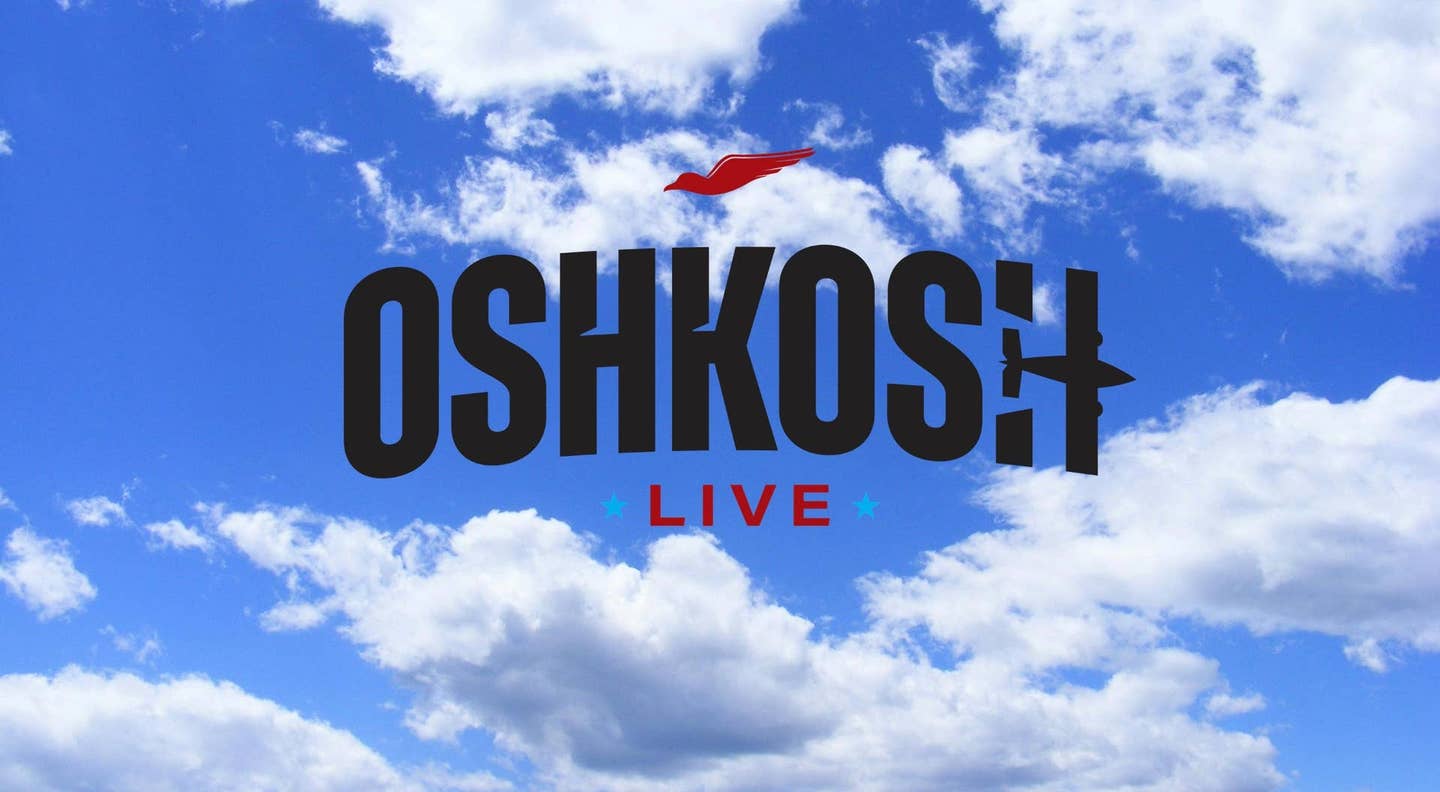DIY Tow Bar Upgrades
While nothing about aviation can really be called ‘cheap,’ there are a few projects you can do to extend the life of your airplane, protect its value, and improve your…

While nothing about aviation can really be called ‘cheap,’ there are a few projects you can do to extend the life of your airplane, protect its value, and improve your aviation skills. [Adobe Stock/rawpixel.com]
While nothing about aviation can really be called ‘cheap,’ there are a few projects you can do to extend the life of your airplane, protect its value, and improve your aviation skills. Most require less than $50, an hour or two of your time, and basic home improvement skills. Let’s look at one project that should bring a smile to the face of Cessna and Piper owners who want to keep their nosewheel pants looking factory-fresh.
As a current Cessna Cardinal—and former Piper Warrior—owner, I was not satisfied with the tow bars available for these popular aircraft. In the case of the Cessna, the spring-loaded towbar connects to two lugs, one on each side of the nose strut, and snaps together to allow the pilot to maneuver the airplane.
The Piper tow bar snaps into two holes on the front of the strut, and then when the spring is released, the tow bar is locked in place. The problem is that the tow bars, if released, can dig into the fiberglass of the nose wheel fairing, leaving significant scars. So, what is a pilot to do?
A trip to the local hardware store (one of my favorite journeys) produced the following ingredients.
First up, an 8-foot length of foam PVC pipe insulation. This looks like a gray/black pool noodle and comes in various diameters. Best of all, it is pre-split down one side to allow it to slip over the pipe.
Second, a package of medium-length (color coordinated?) snap ties that are used to hold electrical wires together. By the way, snap ties and duct tape should be a part of every aviator’s toolbox.
Once back at the hangar, a set of wire cutters and a box cutter complete the kit.
You’ll need to measure the portion of the tow bar that may come in contact with the nose wheel pant. For Cessnas, these seem to be two sections about 8-10 inches long. For the Piper, a foot or so on the center post near the two-prong connector will do.
Cut the PVC pipe insulation to match, and then secure the sections to the tow bar with the snap ties. And voila, you now have a padded tow bar that will protect your fiberglass and paint, even if you lose your grip and drop it.
Total cost: about 15 bucks. Keeping your nosewheel fairing bright and shiny: Priceless!
Do you have tips for simple, cost-effective upgrades that help you care for your airplane? Send us a note at editor@planeandpilotmag.com.

Subscribe to Our Newsletter
Get the latest Plane & Pilot Magazine stories delivered directly to your inbox






